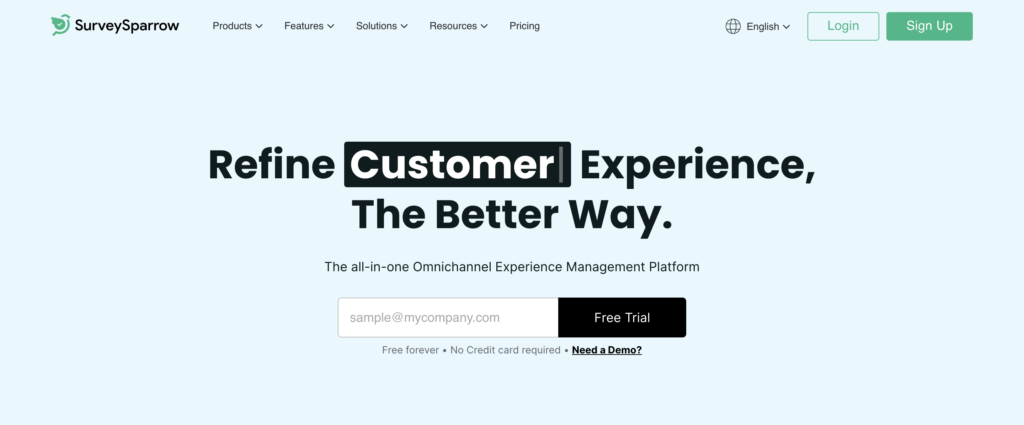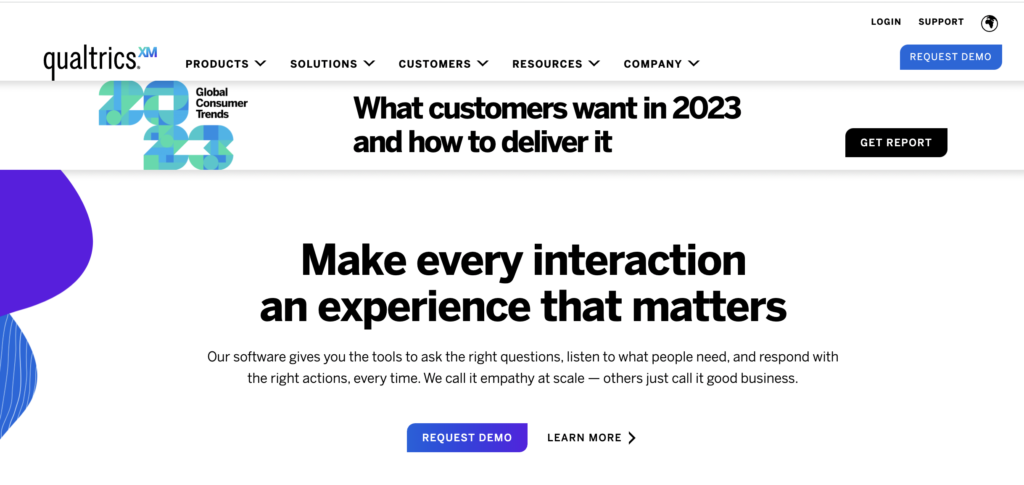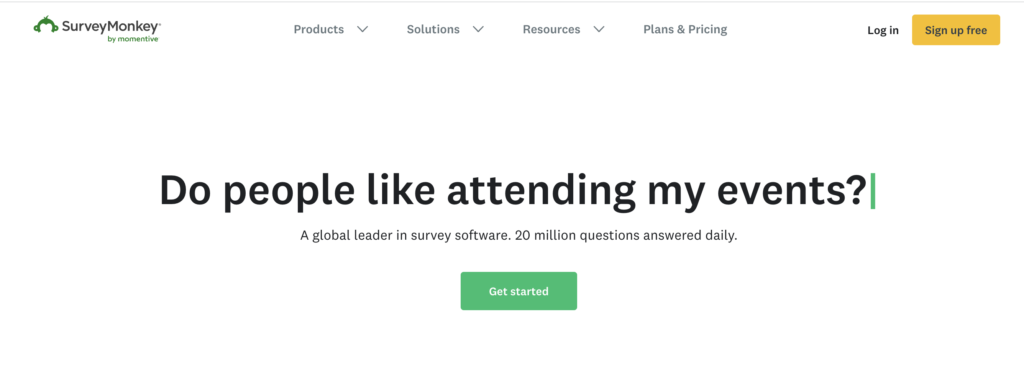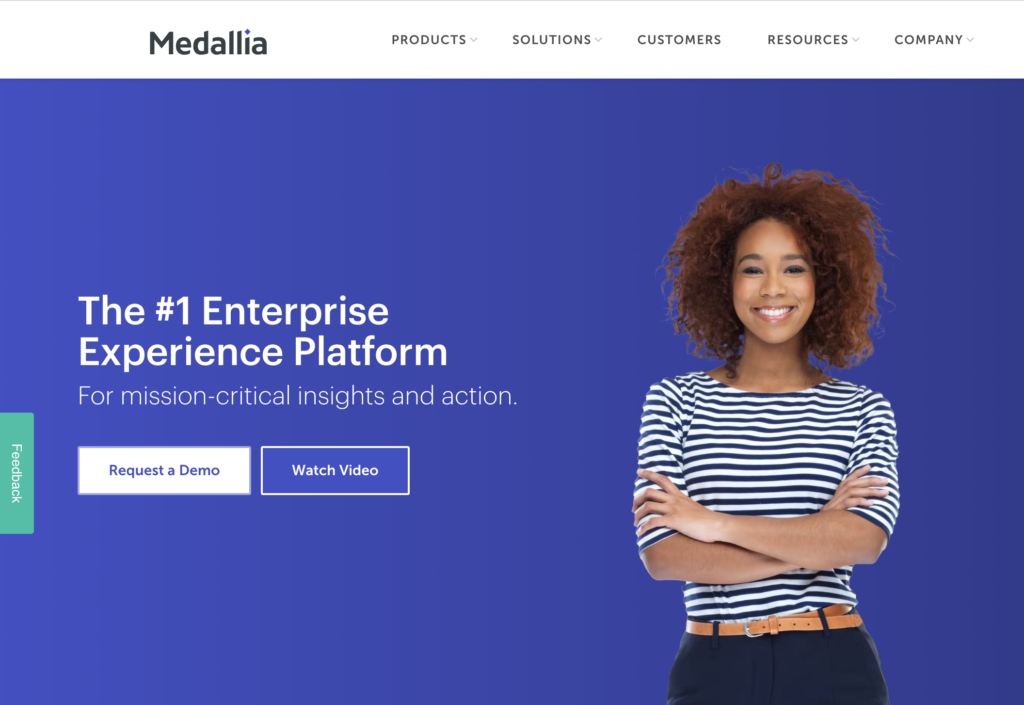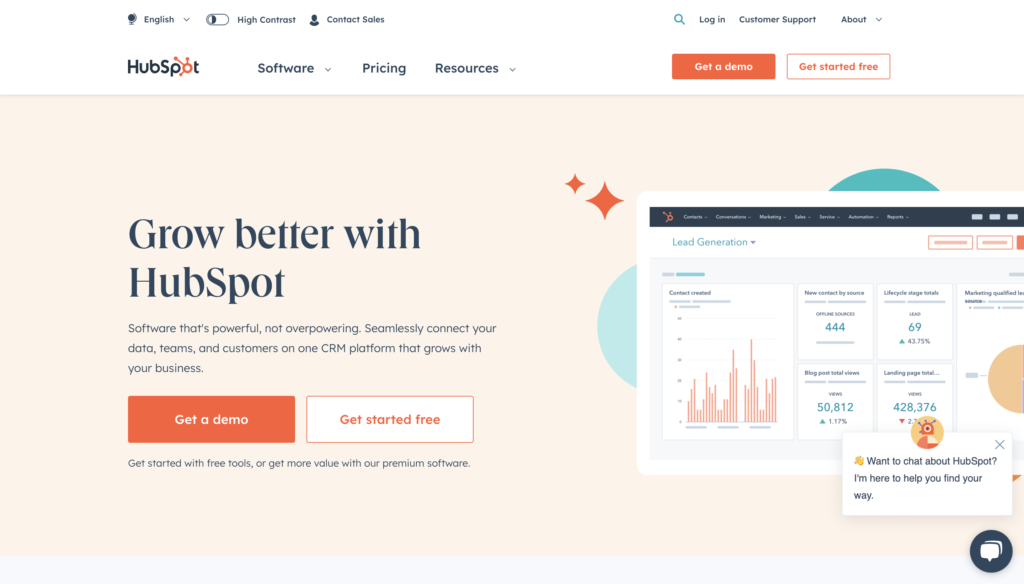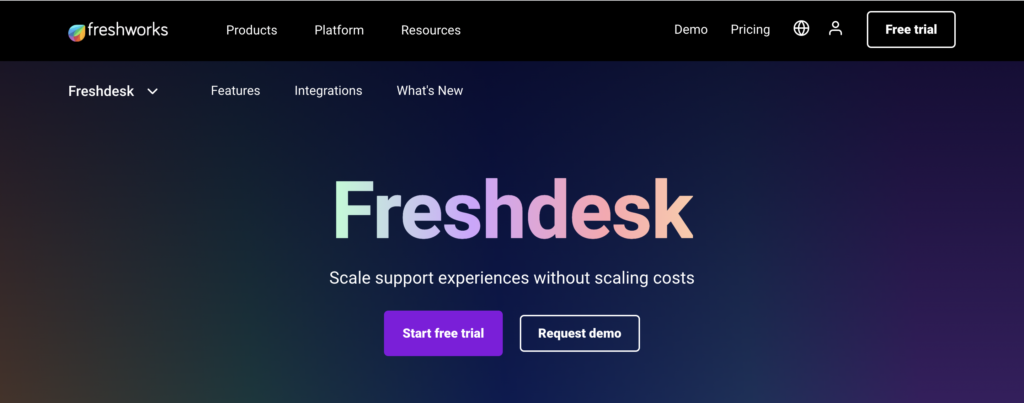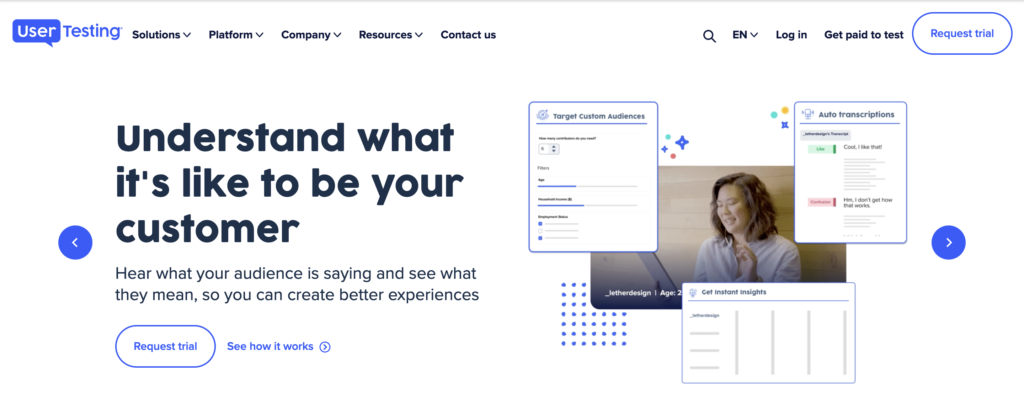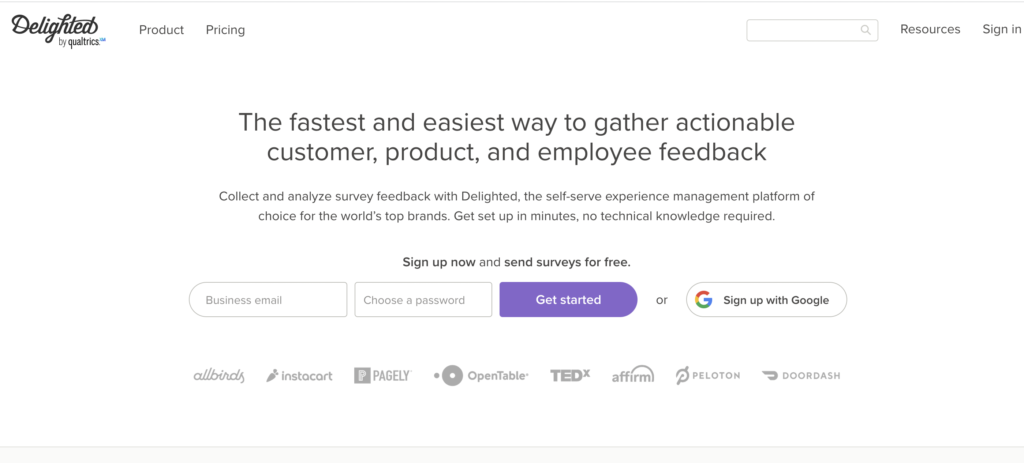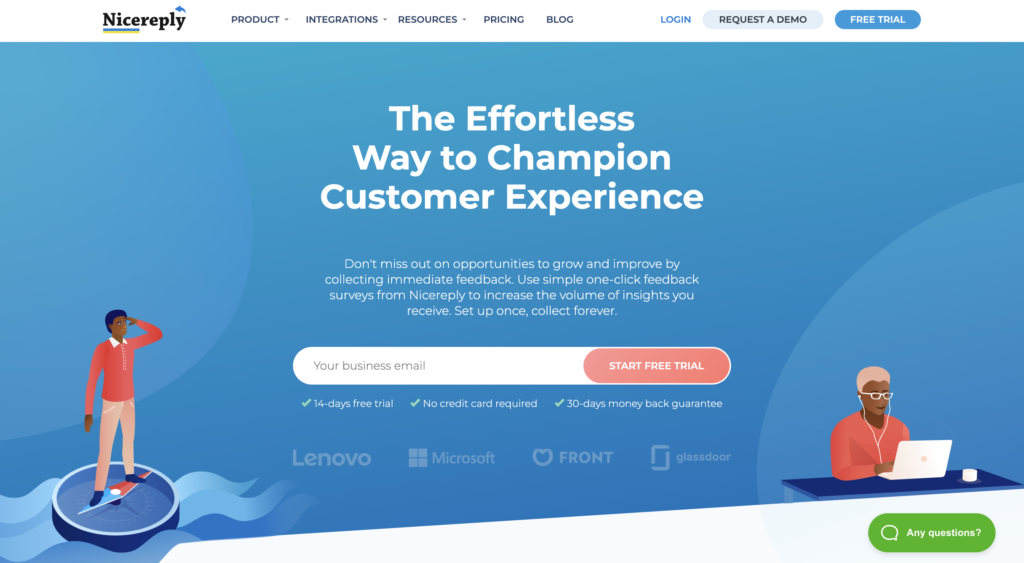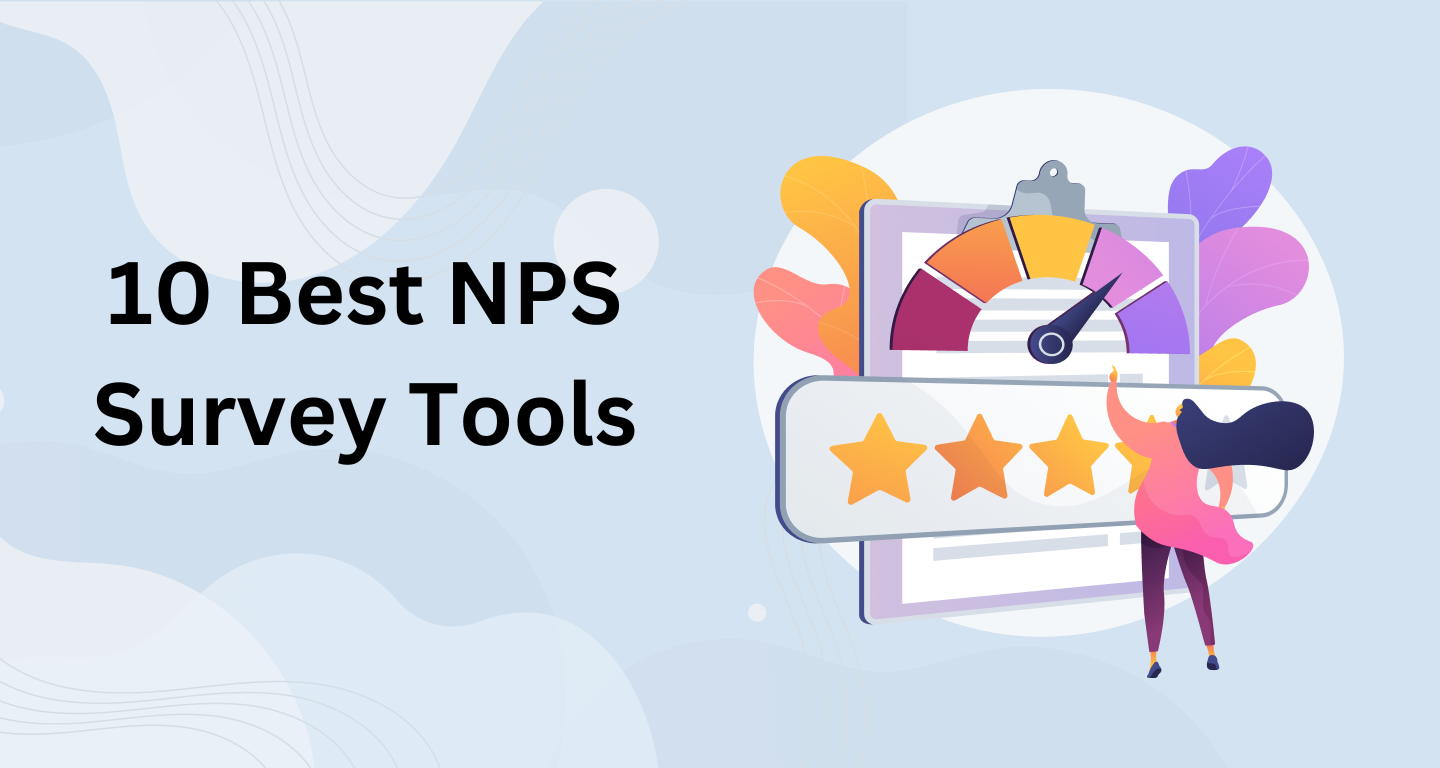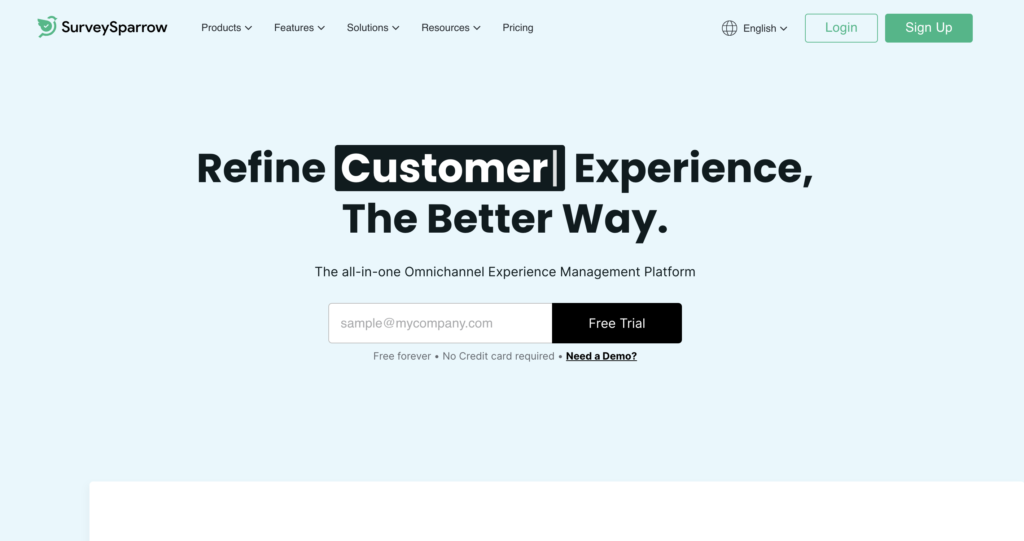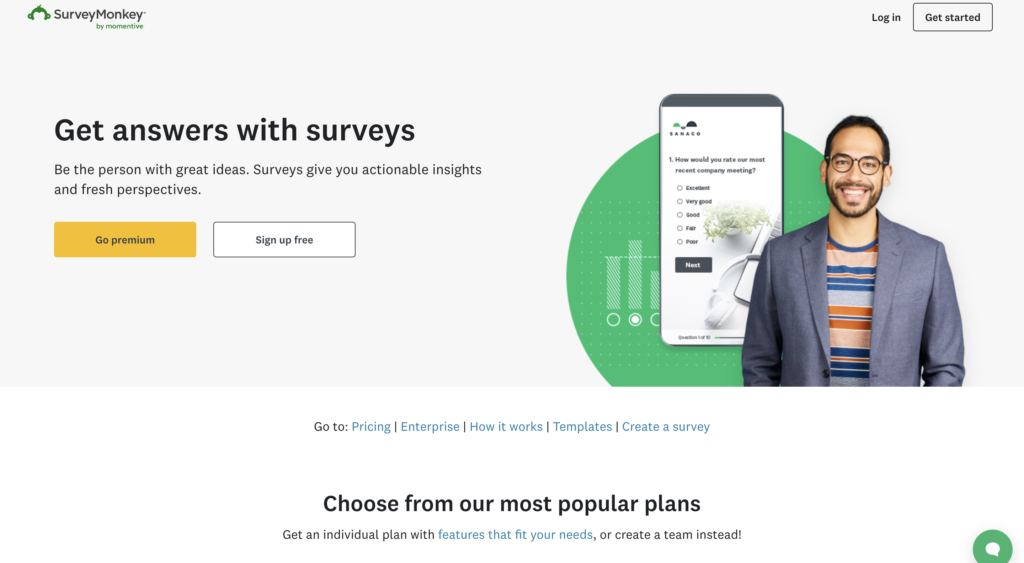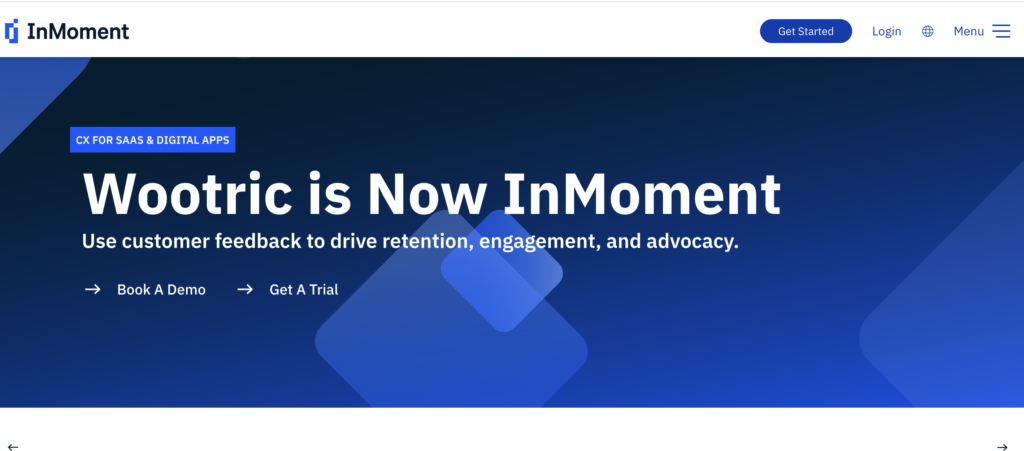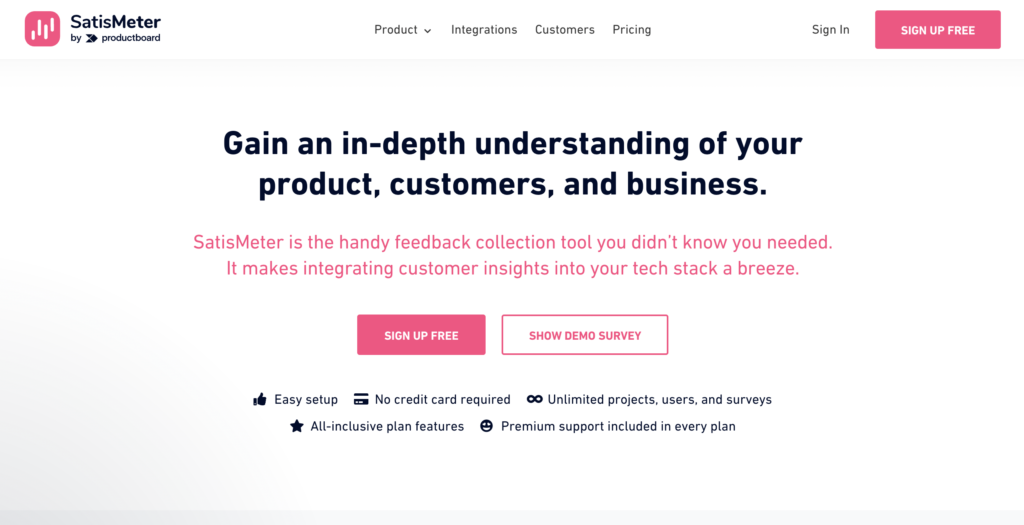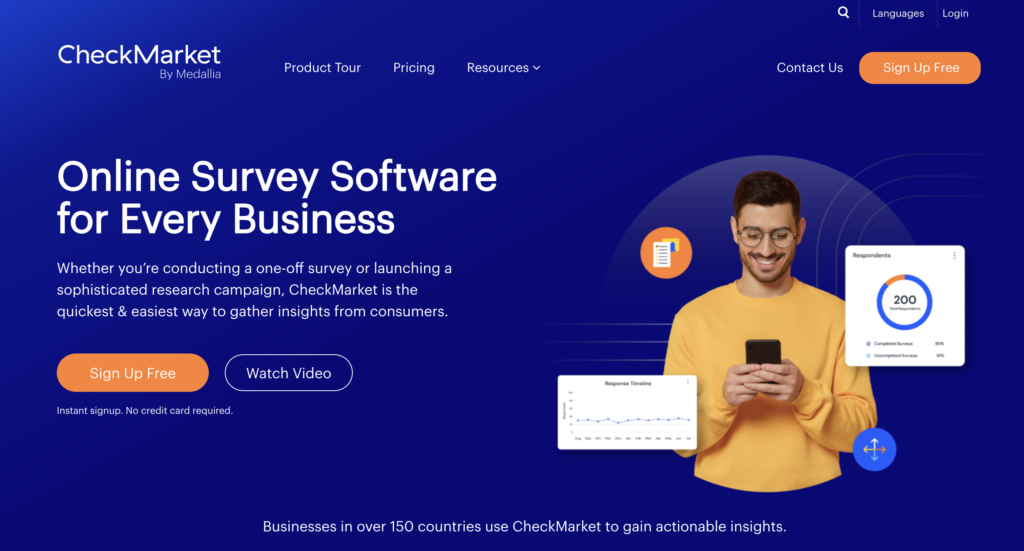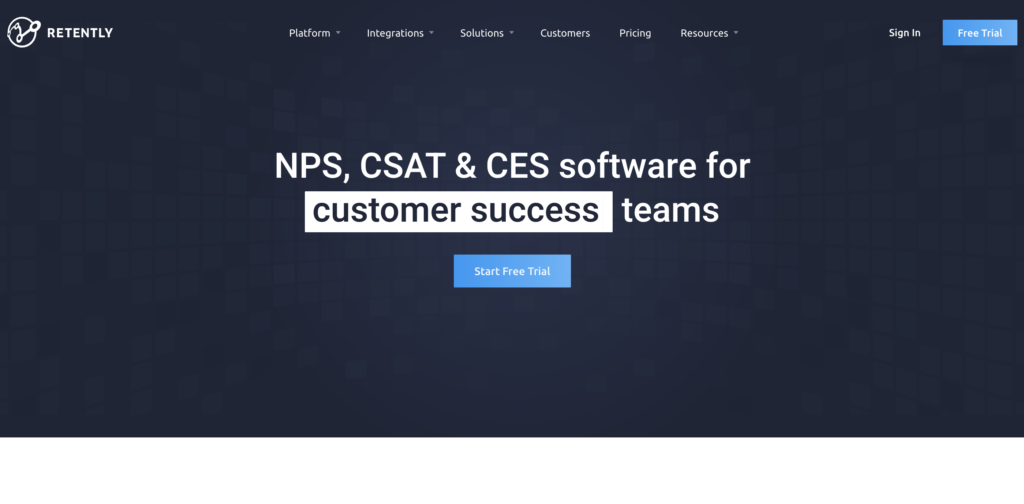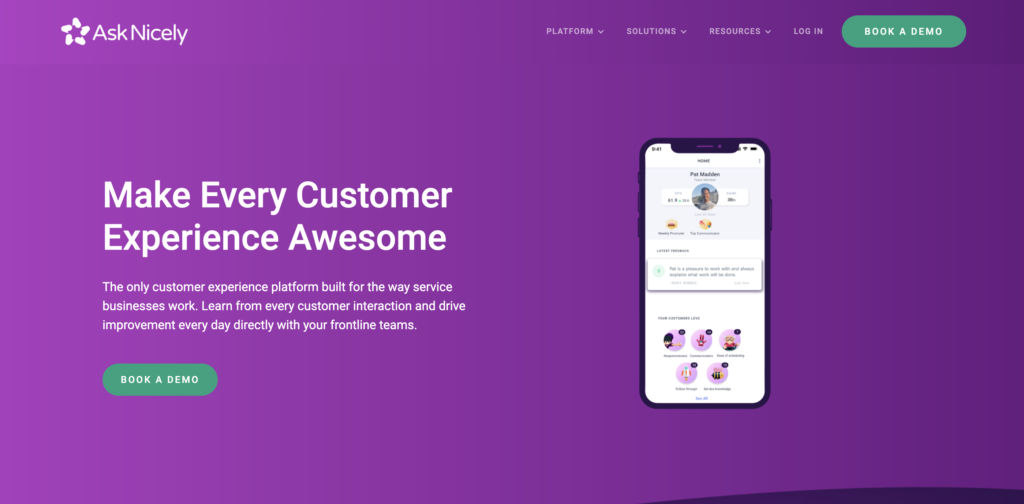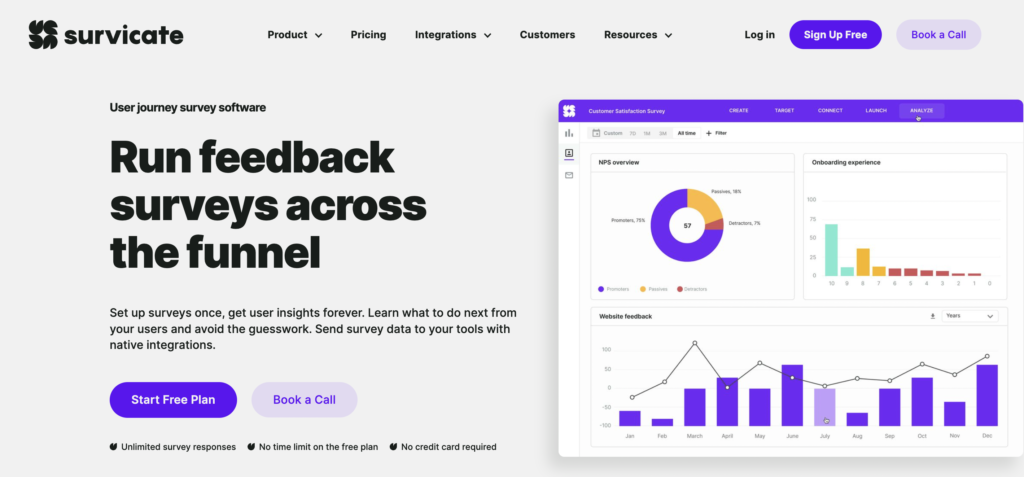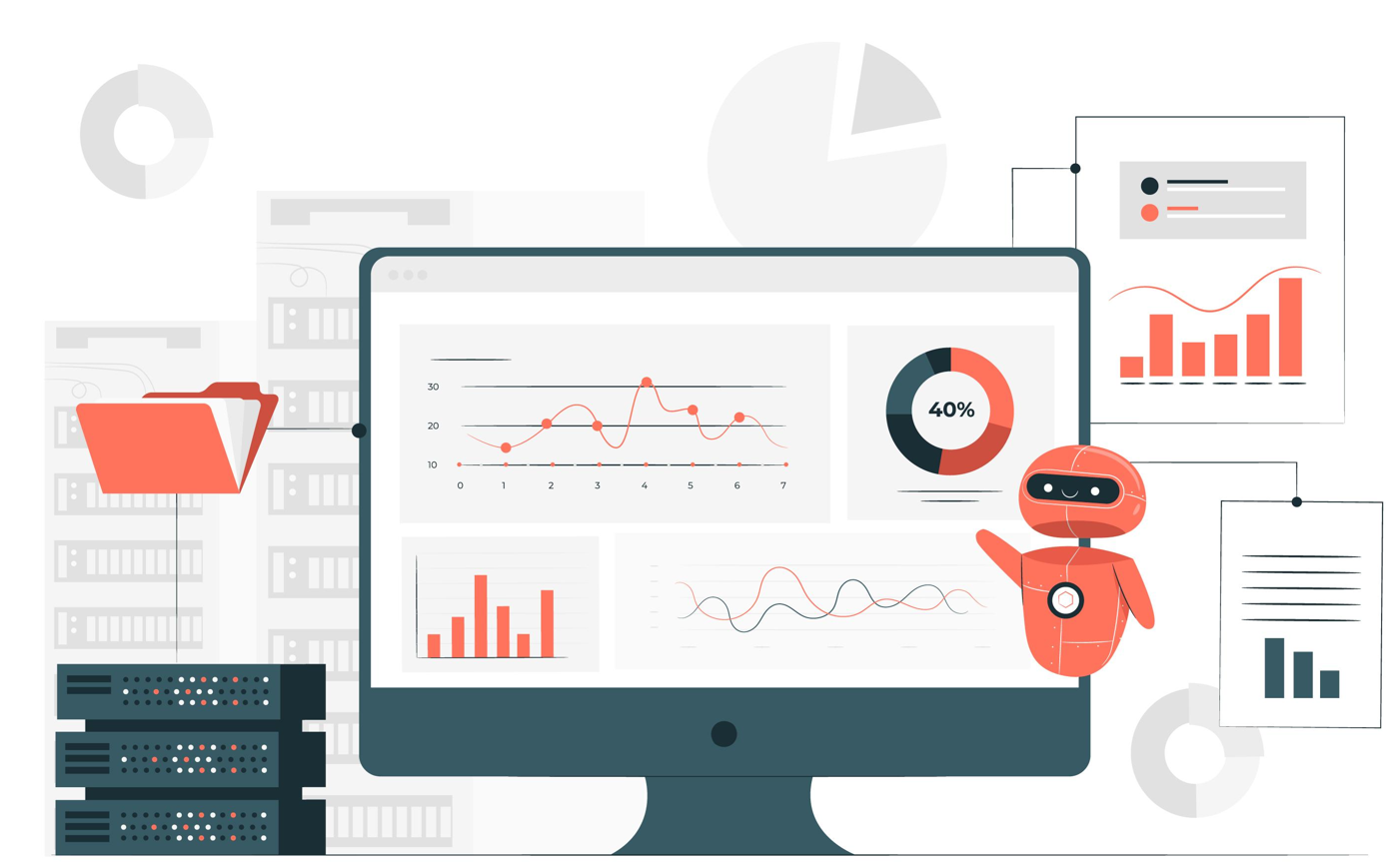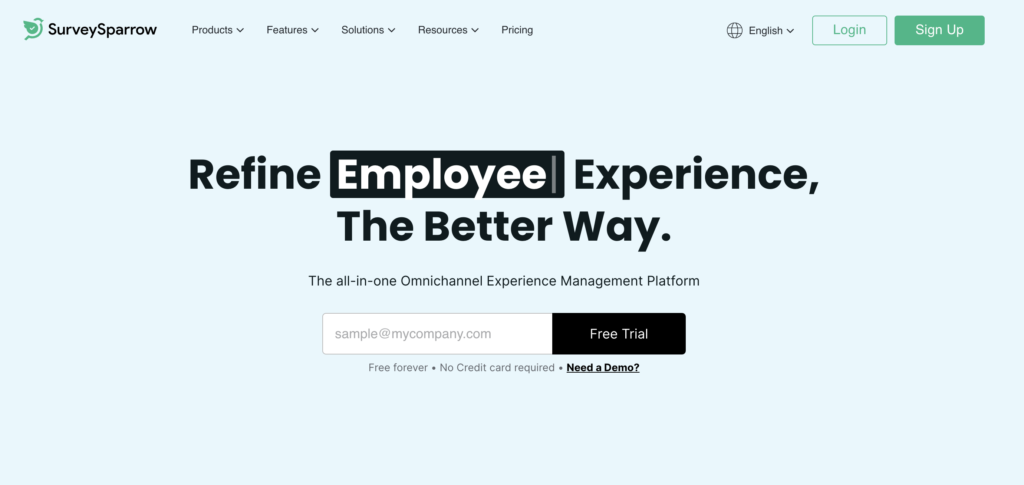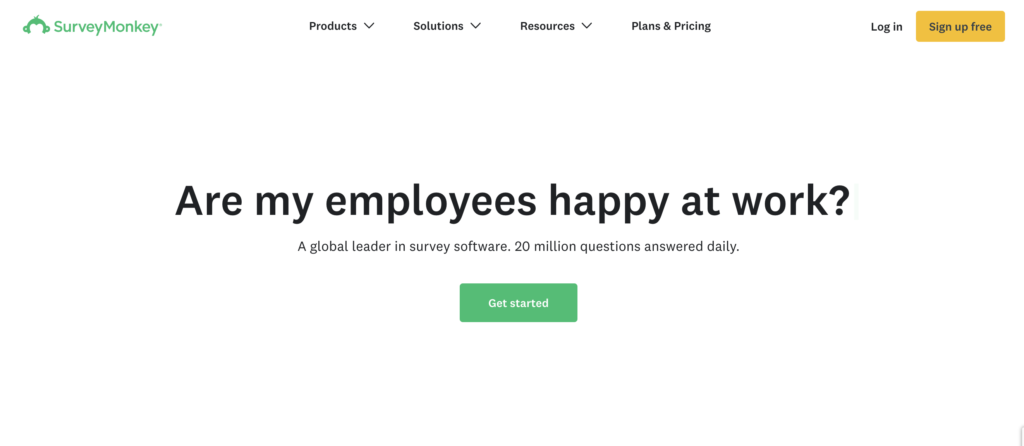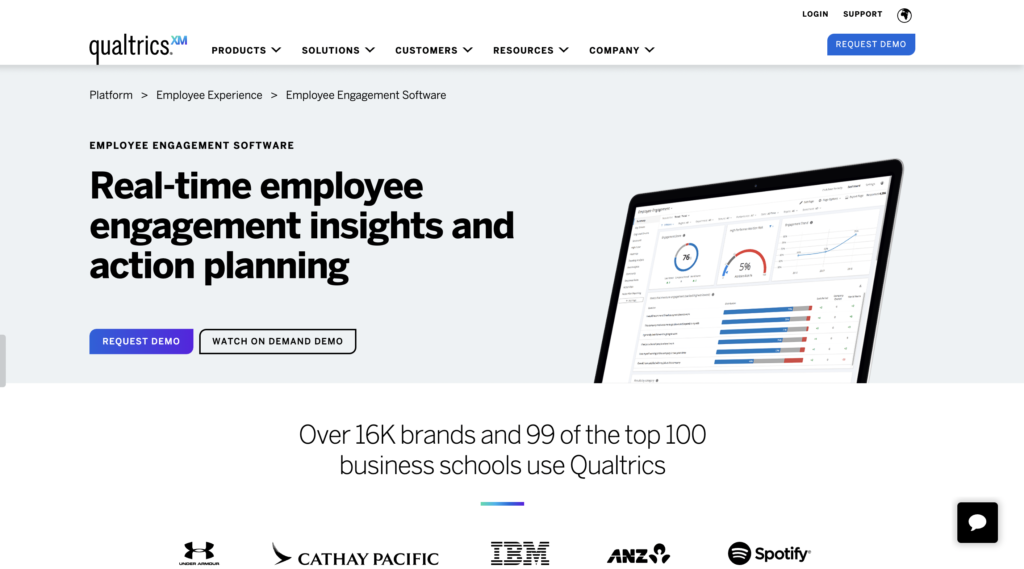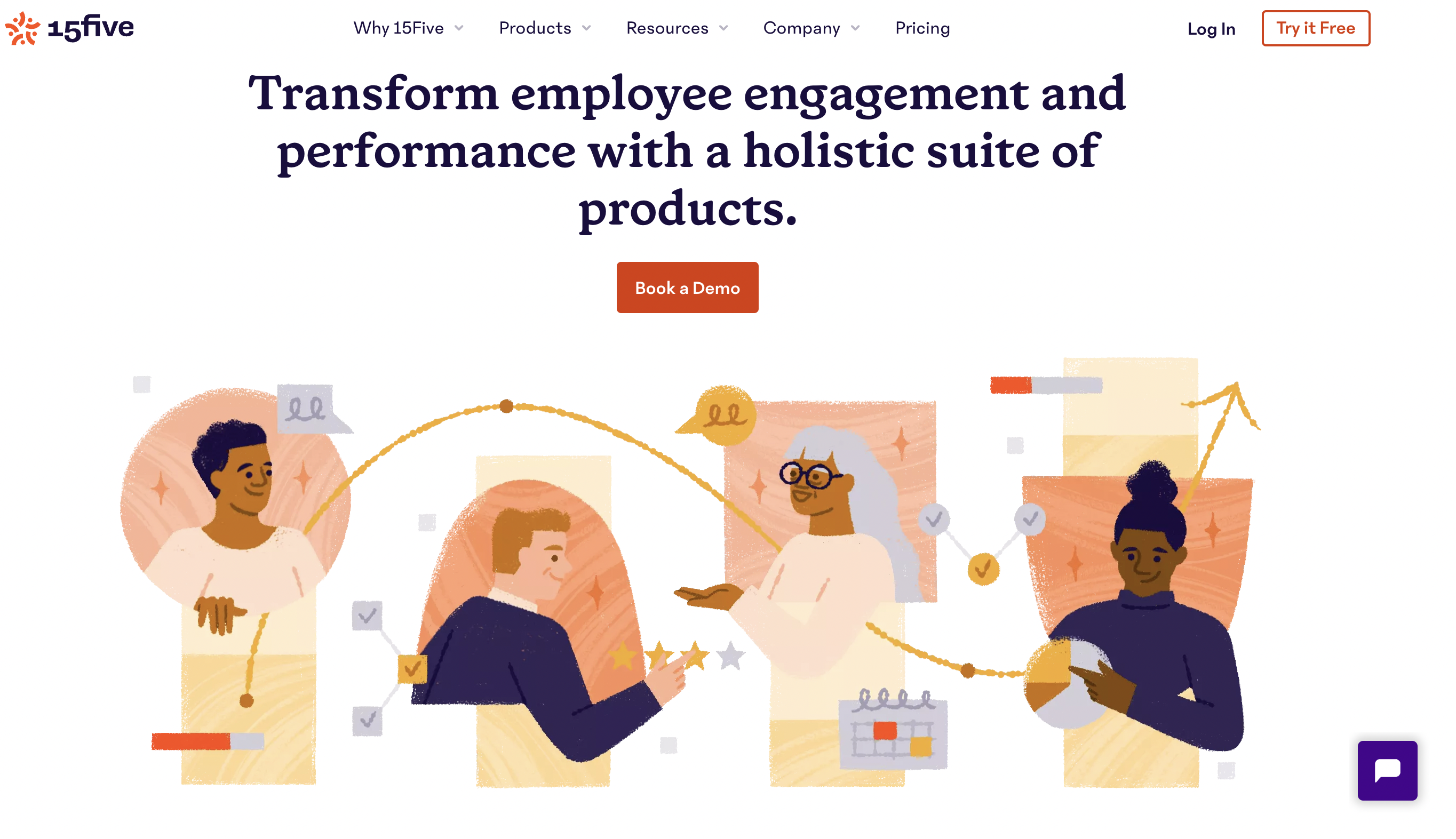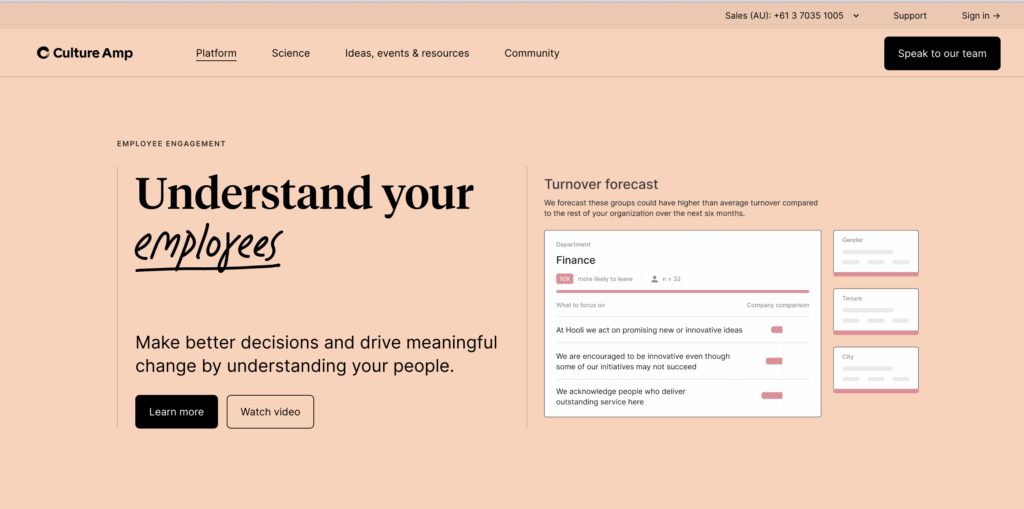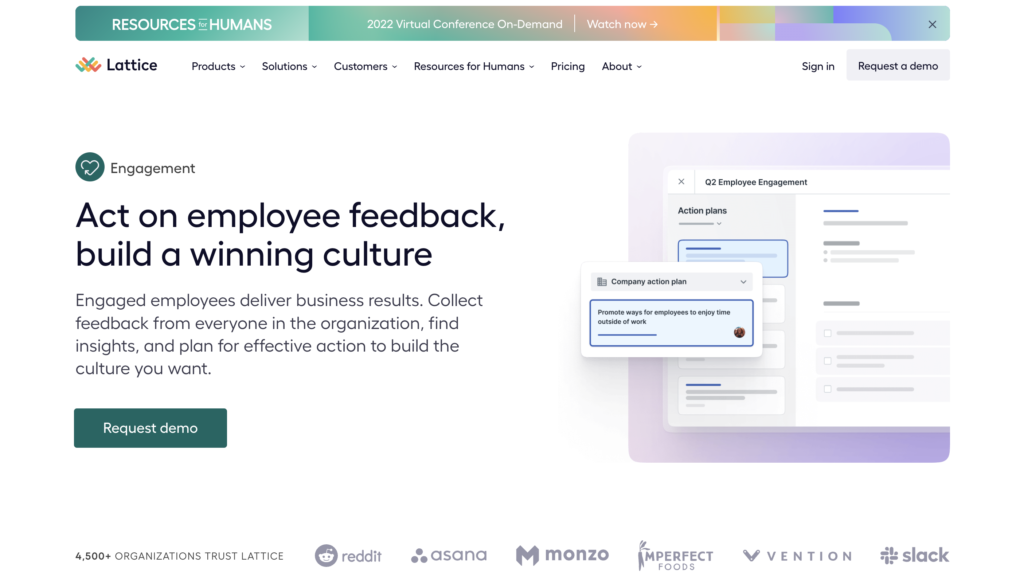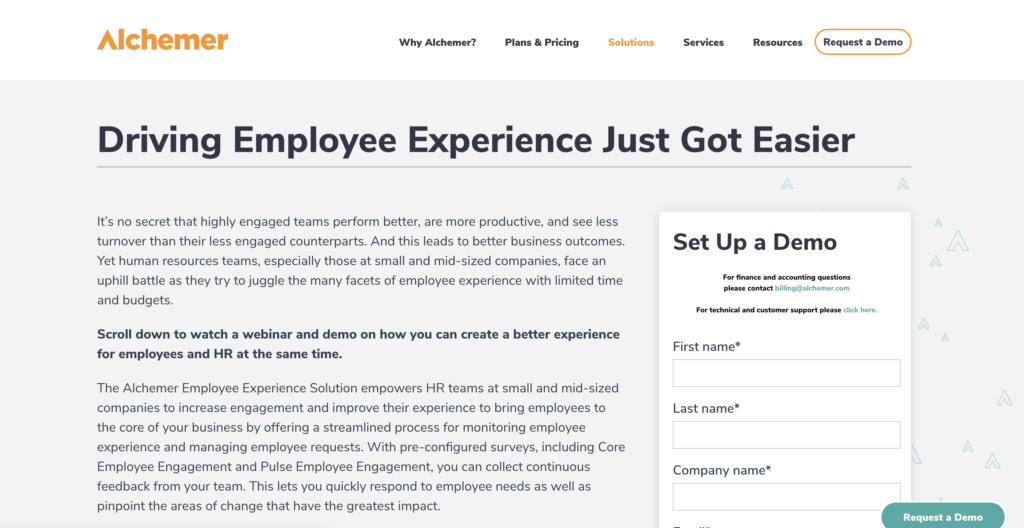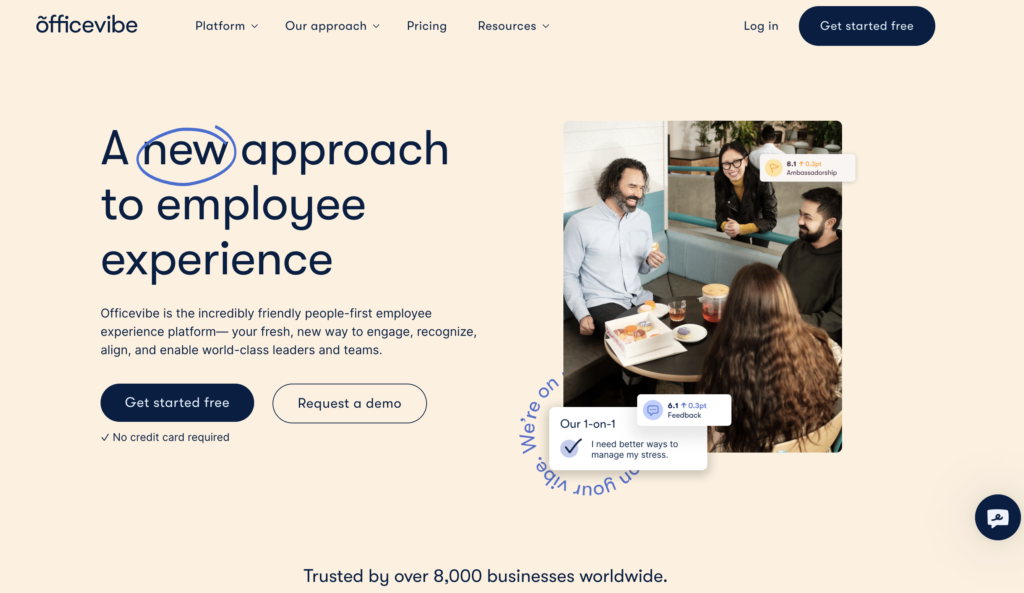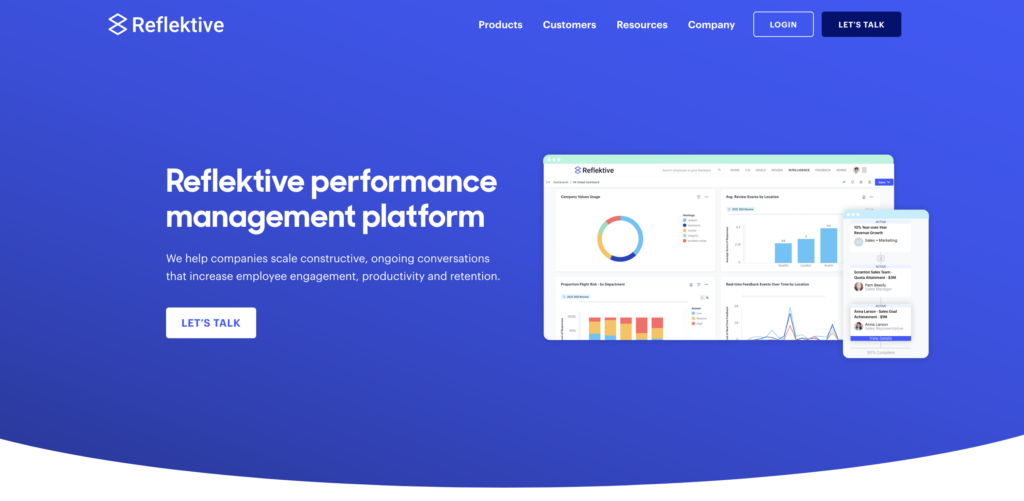What is a Market Research Survey?
Market research surveys are an essential tool for businesses and organizations looking to gain insights into their target market. These surveys are designed to gather data from a sample of the population to help companies make informed decisions about their products, services, marketing strategies, and more.
The purpose of a market research survey is to gain a better understanding of customers’ needs, wants, and behaviors. This can be done through a variety of methods, including online surveys, telephone surveys, mail surveys, and in-person interviews. The data collected can provide valuable insights into customer preferences, opinions, and attitudes toward a particular product or service.
To design an effective market research survey, it’s important to consider the target audience, the objectives of the research, and the type of data that needs to be collected. The survey questions should be clear, concise, and relevant to the research objectives, and the survey itself should be designed to be user-friendly and easy to complete.
Once the survey has been completed, the data needs to be analyzed and interpreted to identify patterns, trends, and insights. This information can be used to inform decision-making, improve products and services, and develop more effective marketing strategies.
Overall, market research surveys are a critical tool for businesses and organizations looking to stay competitive and better understand their customers. By collecting and analyzing data through these surveys, companies can make informed decisions that ultimately lead to more successful outcomes.
Why Marketing Research is Important
Marketing research is a critical component of any successful marketing strategy. It involves gathering and analyzing information about consumers, competitors, and market trends to inform decision-making and drive business growth. By conducting market research, businesses can identify customer needs and preferences, evaluate the effectiveness of their marketing campaigns, and stay ahead of the competition.
Marketing research also allows businesses to make informed decisions about product development, pricing, distribution, and promotional strategies. By understanding the needs and desires of their target market, businesses can tailor their products and services to meet those needs and gain a competitive advantage. In today’s fast-paced and competitive business environment, marketing research is more important than ever to help businesses stay relevant, innovative, and profitable.
Primary Market Research
Primary market research refers to the collection of original data directly from the source, typically through surveys, interviews, focus groups, or other forms of direct communication with individuals or groups. The purpose of primary market research is to obtain new and specific information to answer research questions or to test hypotheses.
Primary market research is typically conducted when there is a lack of existing data on a particular topic, or when the data that exists is outdated or insufficient. This type of research allows businesses and organizations to collect data that is relevant to their specific needs, and to gain a deeper understanding of their target audience’s behaviors, attitudes, and preferences. It can be time-consuming and expensive, but it can provide valuable insights that are not available through other sources of data. By collecting and analyzing primary research data, businesses, and organizations can make informed decisions and develop strategies that are tailored to their specific needs and target audience.
Secondary Market Research
Secondary market research refers to the process of gathering information and data from existing sources such as books, reports, articles, and databases, rather than collecting data through direct research.
This type of research is often conducted to gain insights into market trends, industry analysis, customer behavior, competitor analysis, and other aspects of a specific industry or market. It involves analyzing information that has already been collected by other researchers or organizations, such as government agencies, market research firms, and industry associations.
Benefits of Market Research Surveys
Market research surveys have numerous benefits for businesses and organizations. Some of them are mentioned as follows.
1. Understanding Customer Needs: Market research surveys can help companies understand their customers’ needs, preferences, and opinions, which can inform the development of new products or services and improve existing ones.
2. Identifying Trends: Surveys can help identify trends and changes in the market, allowing businesses to adjust their strategies to stay competitive.
3. Improving Customer Satisfaction: By gathering feedback from customers, companies can address any issues and improve customer satisfaction, leading to increased loyalty and repeat business.
4. Targeting Marketing Efforts: Surveys can help companies identify their target audience and tailor their marketing efforts accordingly, leading to more effective campaigns.
5. Measuring Performance: Market research surveys can also help companies measure their own performance and identify areas for improvement.
6. Making Informed Decisions: By gathering data through surveys, companies can make informed business decisions based on real-world data, rather than relying on assumptions or guesswork.
Tips on How to Create a Market Research Survey
Market research surveys are an essential tool for businesses to gain insights into their target audience, identify customer needs and preferences, and make informed decisions about their products or services. Whether you’re a small business owner or a marketing professional, these tips will help you design a survey that delivers the insights you need to succeed in today’s competitive market.
1. Define research objectives: Before creating your survey, it’s important to clearly define your research objectives. What information do you want to collect? What are the specific questions you want to answer with your research?
2. Determine your target audience: Identify the specific group of people you want to survey. This could be your existing customers, potential customers, or a broader audience.
3. Choose survey method: There are several ways to administer surveys, including online surveys, phone surveys, and in-person surveys. Choose the method that will be most effective for reaching your target audience.
4. Keep your survey short: Keep your survey concise and focused on your research objectives. Avoid asking too many questions or including irrelevant questions.
5. Use simple language: Use clear and simple language in your survey questions. Avoid using technical terms or industry jargon that may be unfamiliar to your target audience.
6. Question types: Use a mix of question types, including multiple-choice, open-ended, and rating scale questions. This will help you collect both quantitative and qualitative data.
7. Pilot test: Before launching your survey, pilot tests it with a small group of people to identify any issues with the survey design or questions.
8. Analyze and interpret results: Once you’ve collected your survey data, analyze and interpret the results to gain insights into your target audience and inform your business decisions.
Market Research Survey Tools
Market research survey tools are essential for businesses that want to understand their target market and gather insights into their customers’ preferences and behaviors. These tools provide businesses with a way to collect data from a large group of people quickly and efficiently, allowing them to make informed decisions about their products or services.
- Mastering Market Research Surveys: A Complete Guide
There are many different market research survey tools available on the market today, each with their own unique features and capabilities. Some of the most popular tools include:
1. SurveySparrow

SurveySparrow is a cloud-based market research survey tool that allows businesses to create and conduct surveys to gather feedback from customers and employees. The tool is designed to be user-friendly and intuitive, making it easy for businesses to create engaging surveys that yield high response rates.
Pricing: SurveySparrow offers a free trial for 14 days and its basic plan starts from $19 Per Month
2. SurveyMonkey
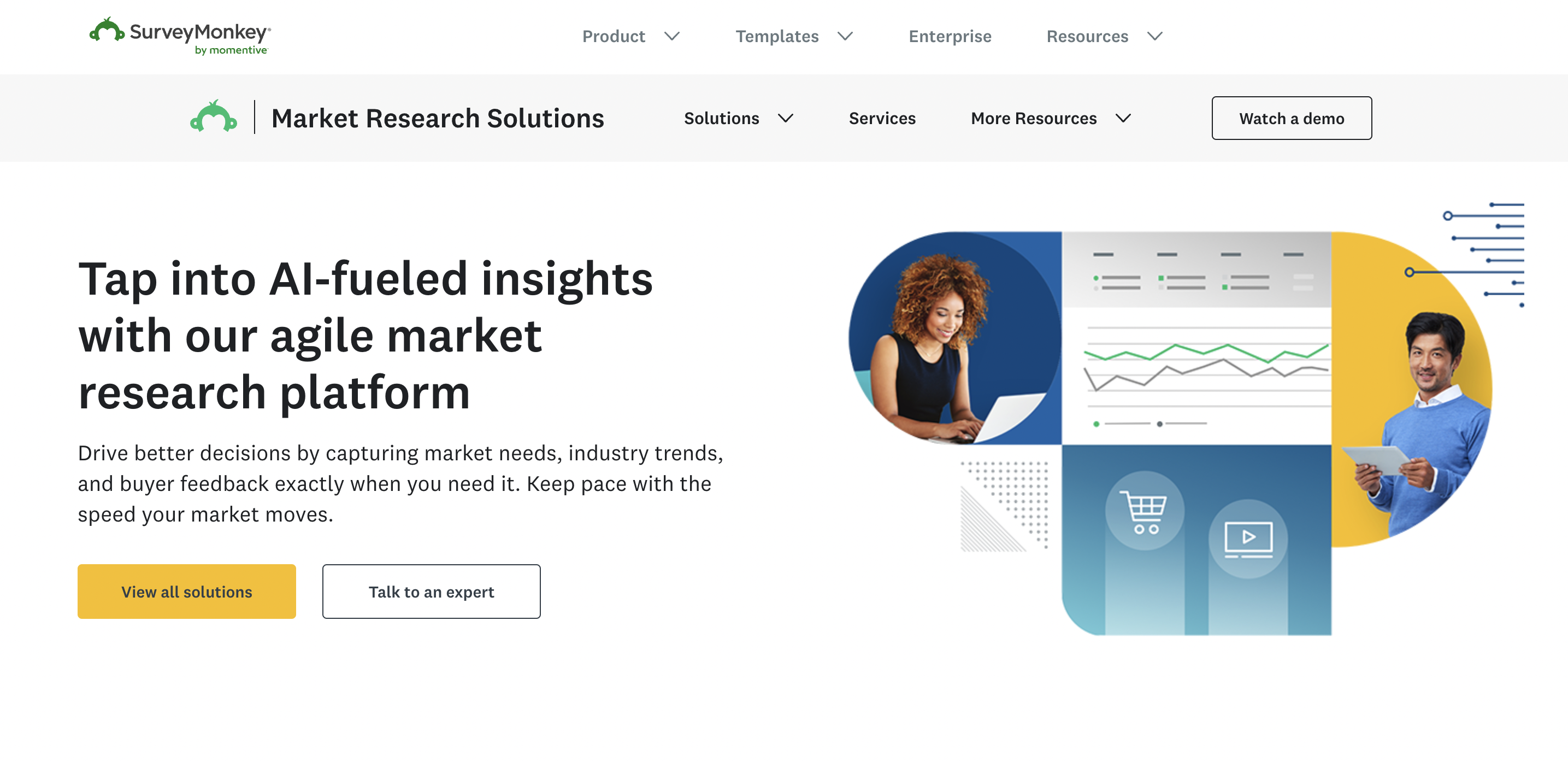
SurveyMonkey is one of the most popular survey tools available, offering businesses the ability to create custom surveys quickly and easily. The platform also provides powerful analytics tools that allow businesses to gain insights into their data and identify trends and patterns.
Pricing: Starts at $31 per month.
3. Typeform
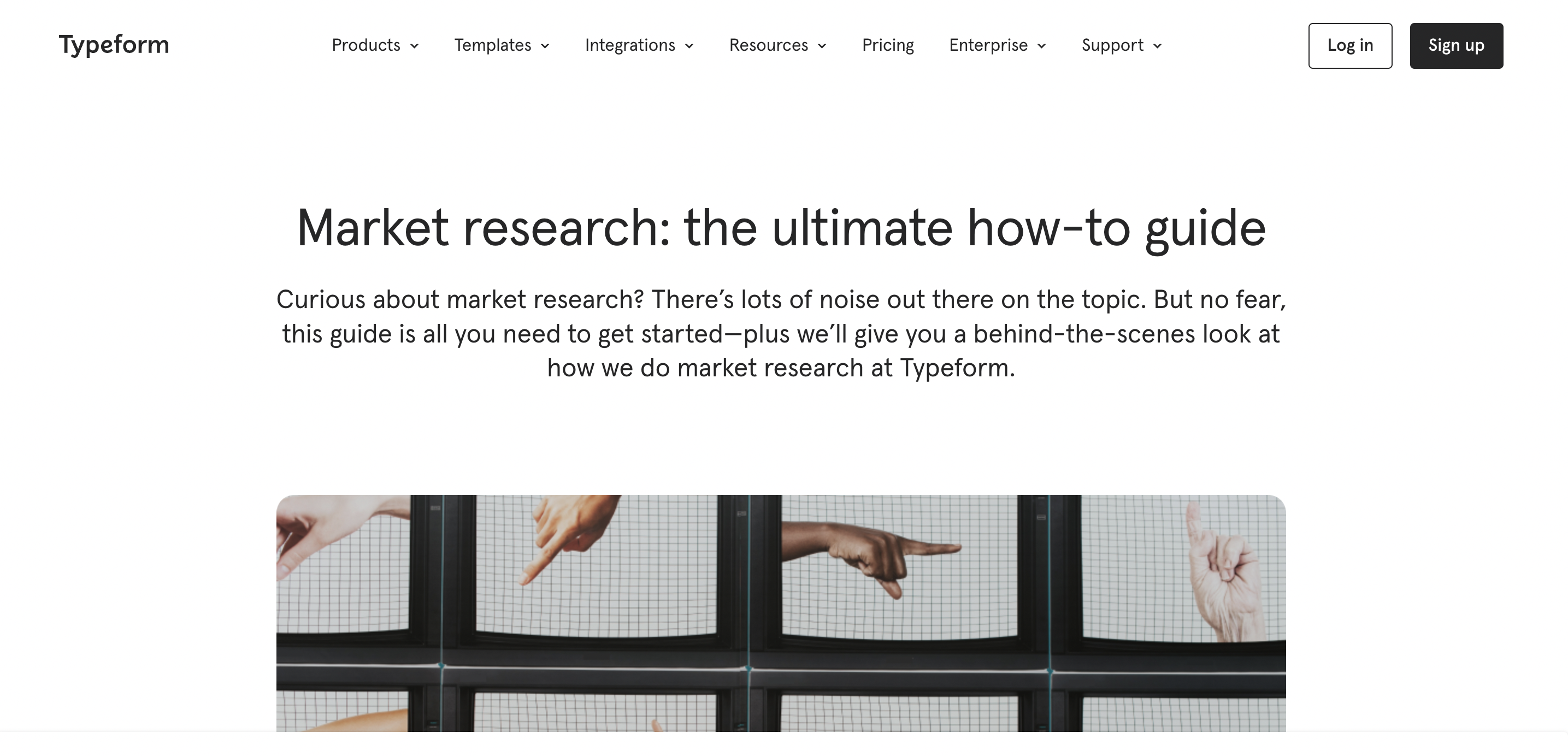
Typeform is a modern and interactive survey tool that uses conversational forms to engage respondents and gather more in-depth data. It offers a range of question types and allows businesses to customize the look and feel of their surveys.
Pricing: Typeform offers a range of pricing plans starting from free to enterprise-level, with varying features and limits depending on the plan selected.
4. Qualtrics
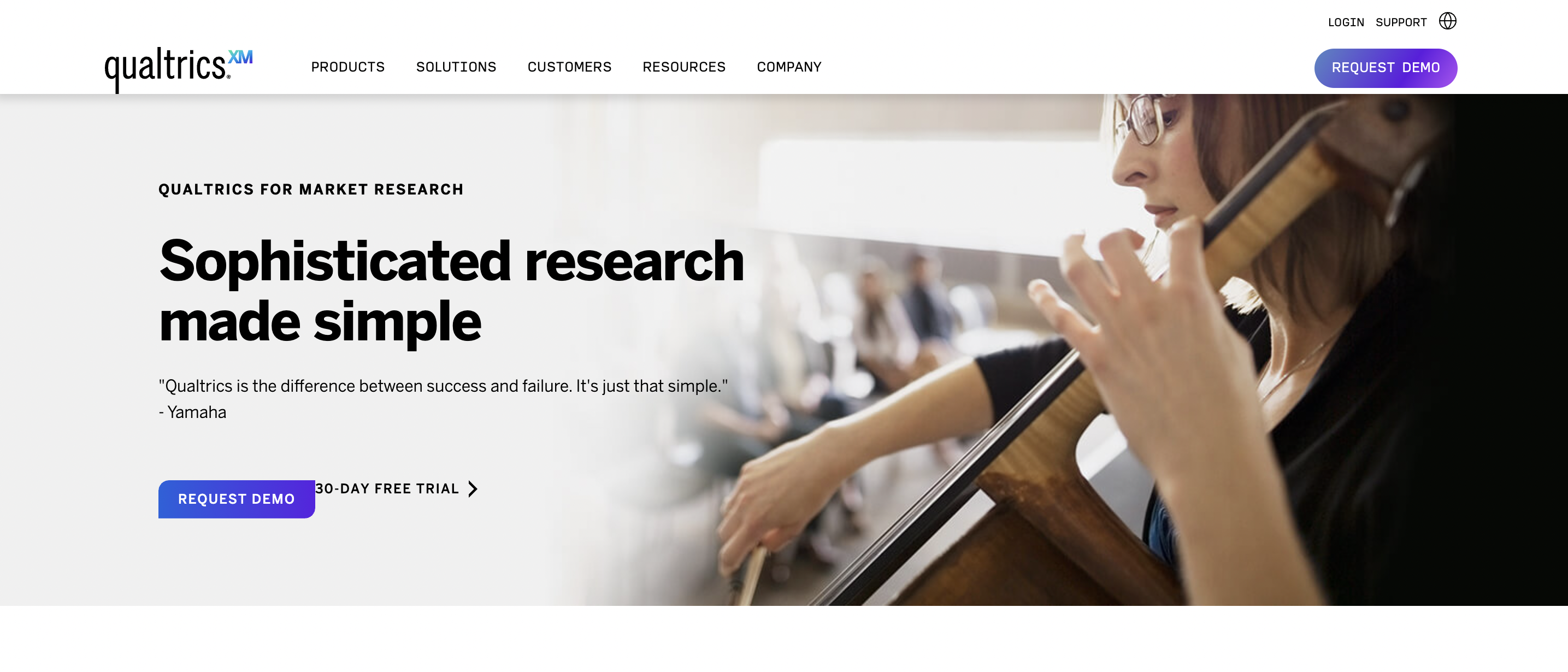
Qualtrics is a powerful survey tool that offers advanced features such as branching logic, randomization, and A/B testing. It is designed for enterprise-level businesses and offers powerful analytics tools for analyzing survey data.
Pricing: Custom pricing is available upon request.
5. Alchemer
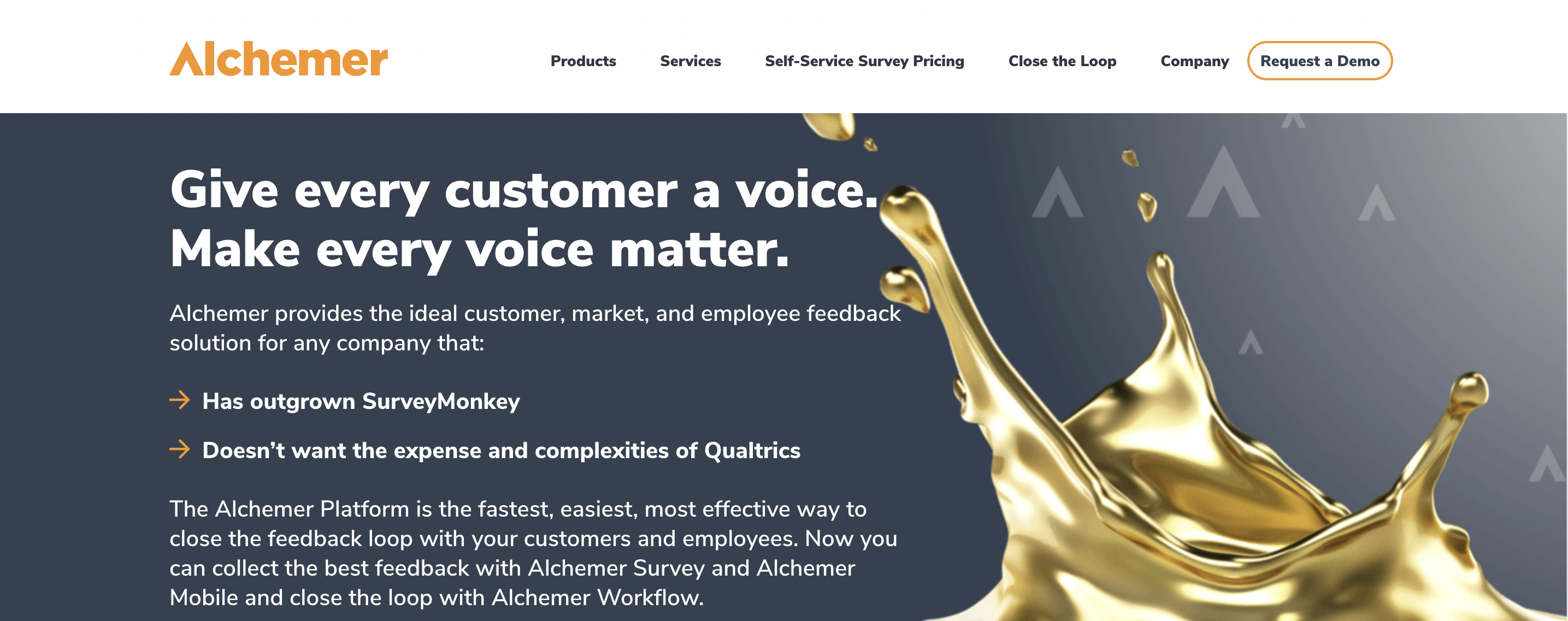
Alchemer is a customizable survey tool that allows businesses to create surveys with a wide range of question types and custom designs. It offers advanced features such as branching logic and integration with other tools such as Salesforce.
Pricing: Plan starts from free to enterprise level.
These are some of the best market research survey tools available on the market. Each tool offers unique features and benefits, so it’s important to consider your business needs and budget while selecting a tool.
Wrapping Up
To conclude, market research surveys are an essential tool for businesses looking to gather data and insights about their target market. By conducting surveys, businesses can make informed decisions based on their customers’ needs and preferences, and ultimately, improve their products or services to better meet those needs. The advent of online survey tools has made it easier and more cost-effective for businesses to conduct market research surveys, with options like Typeform and SurveyGizmo offering a range of pricing plans to suit varying needs and budgets. By leveraging the power of market research surveys, businesses can gain a competitive edge in their industry and achieve long-term success.




